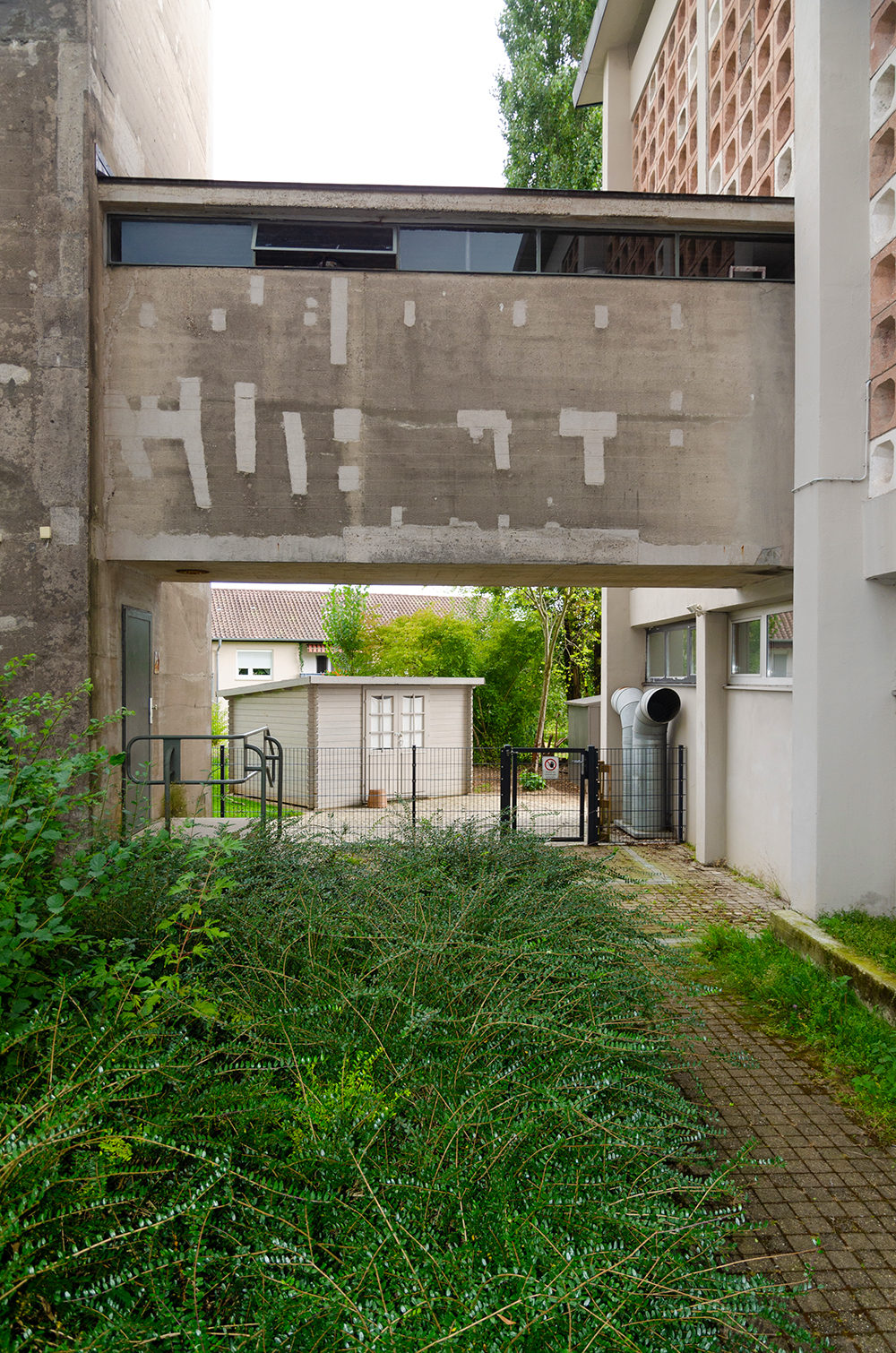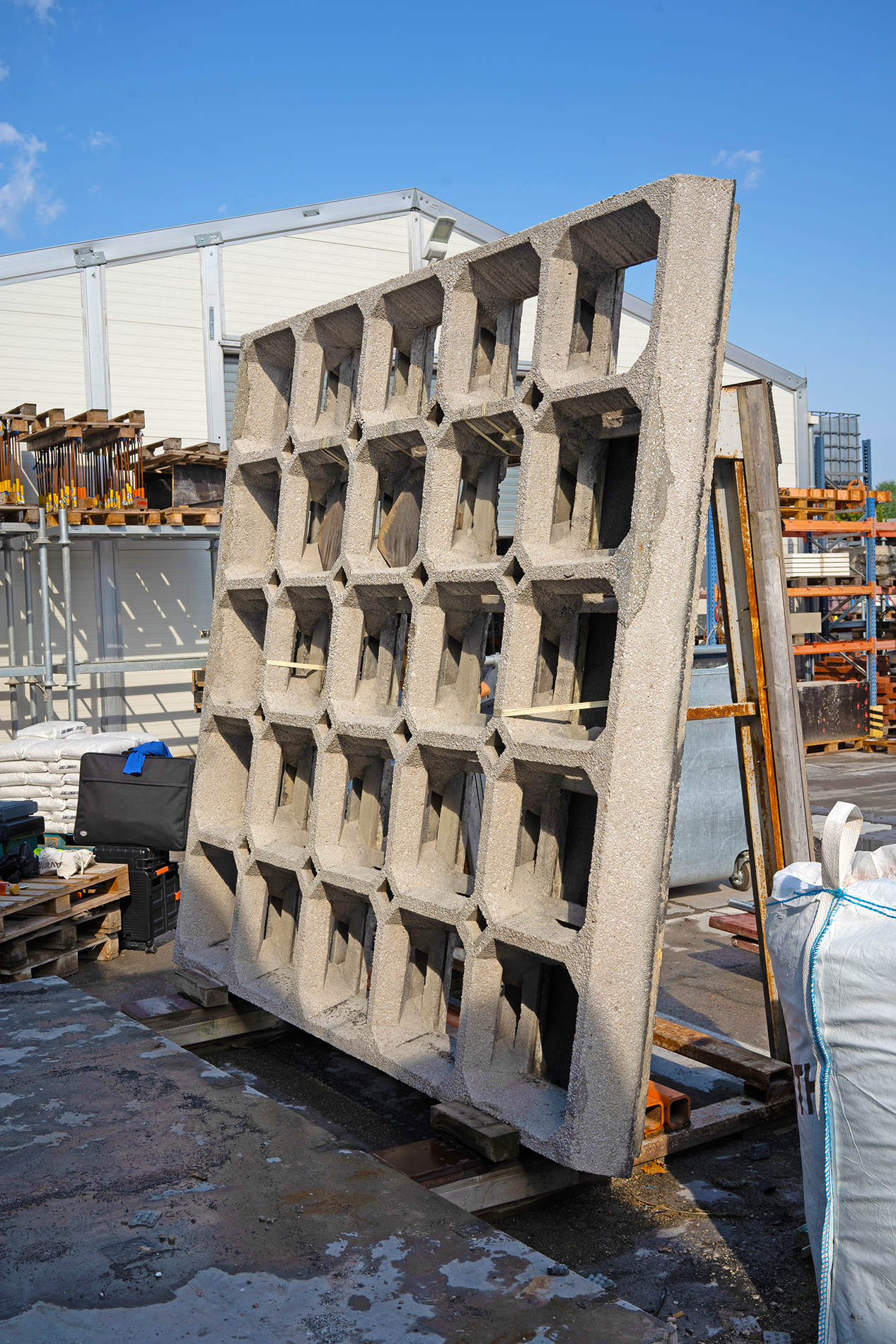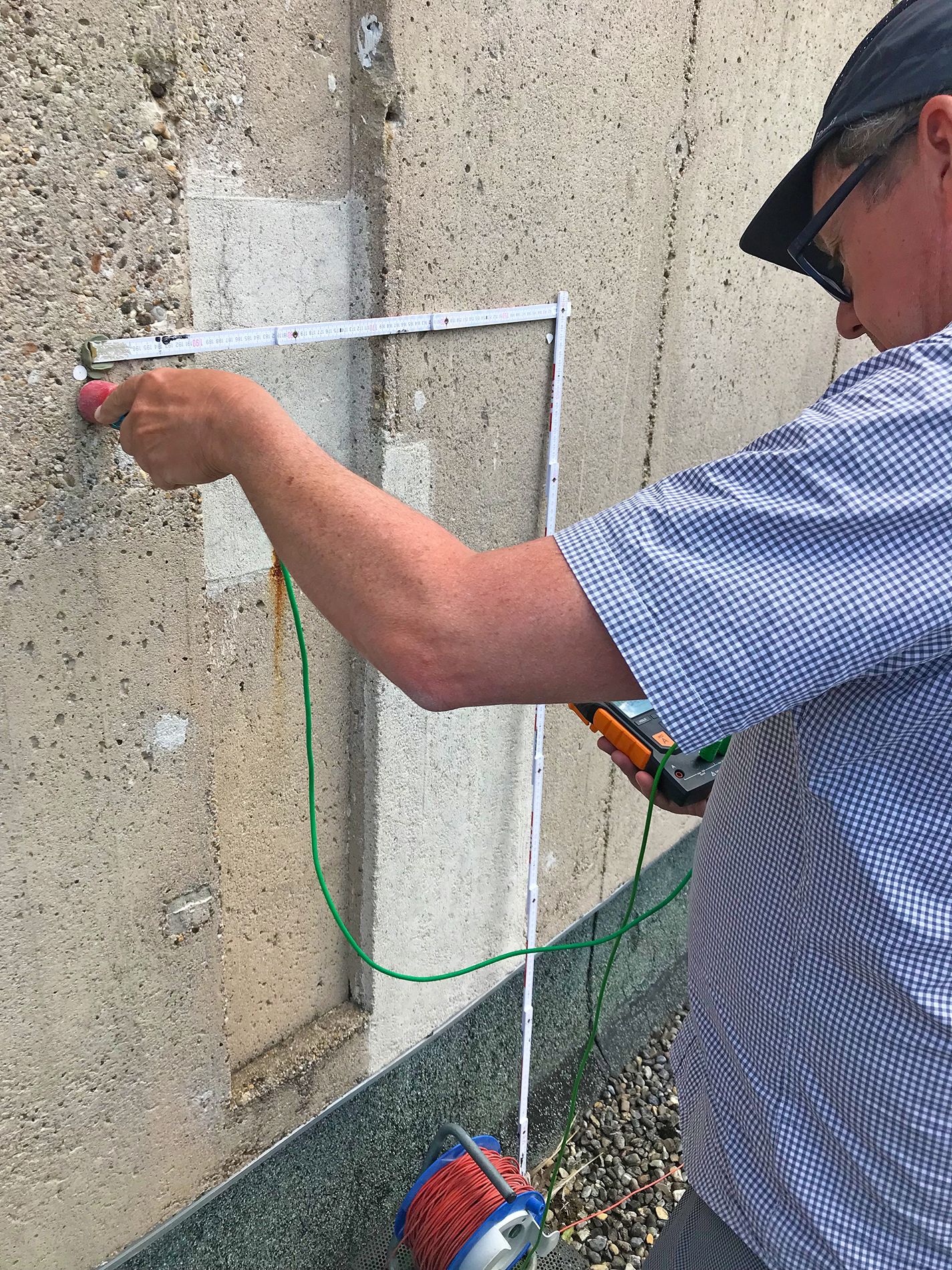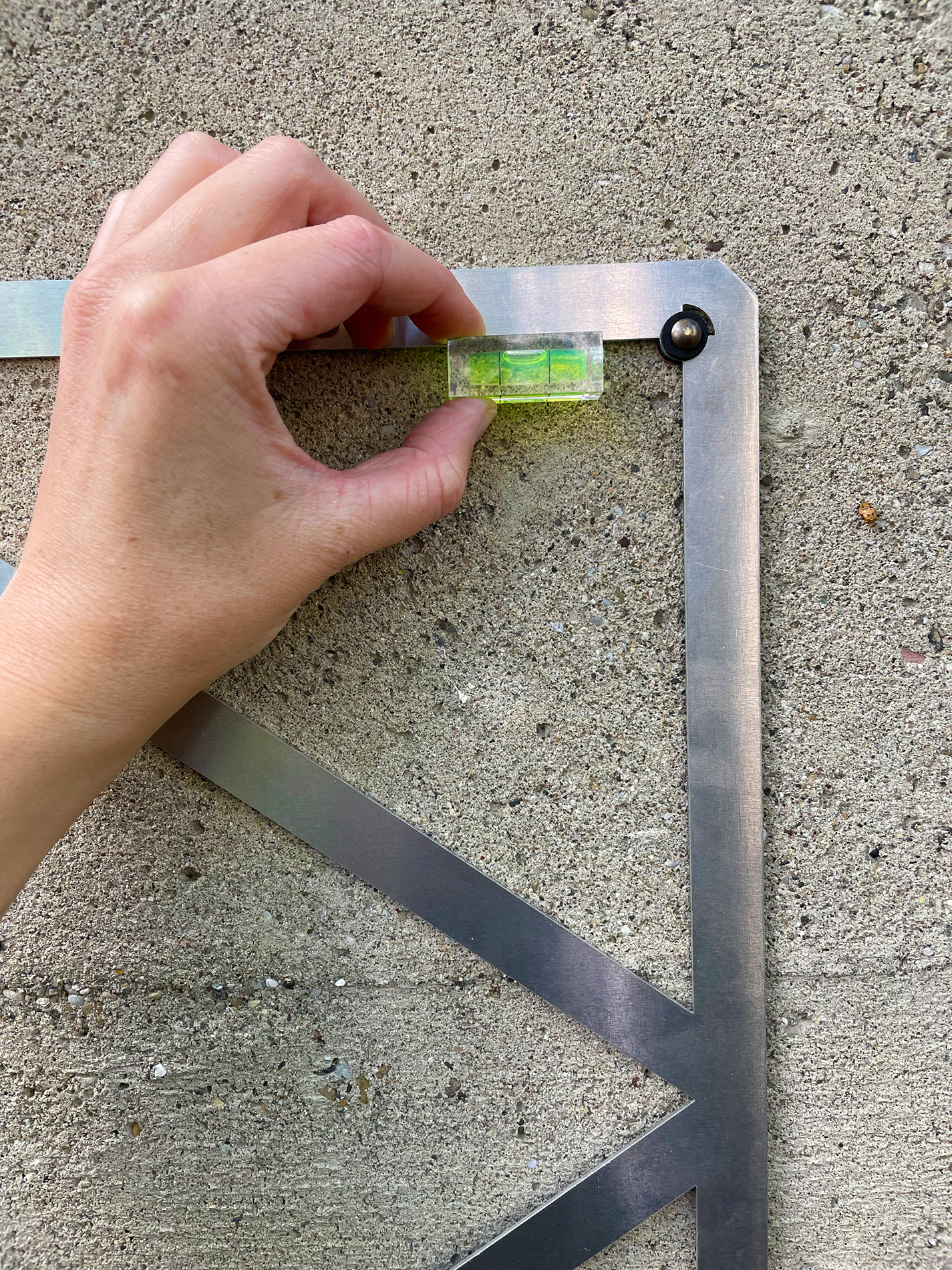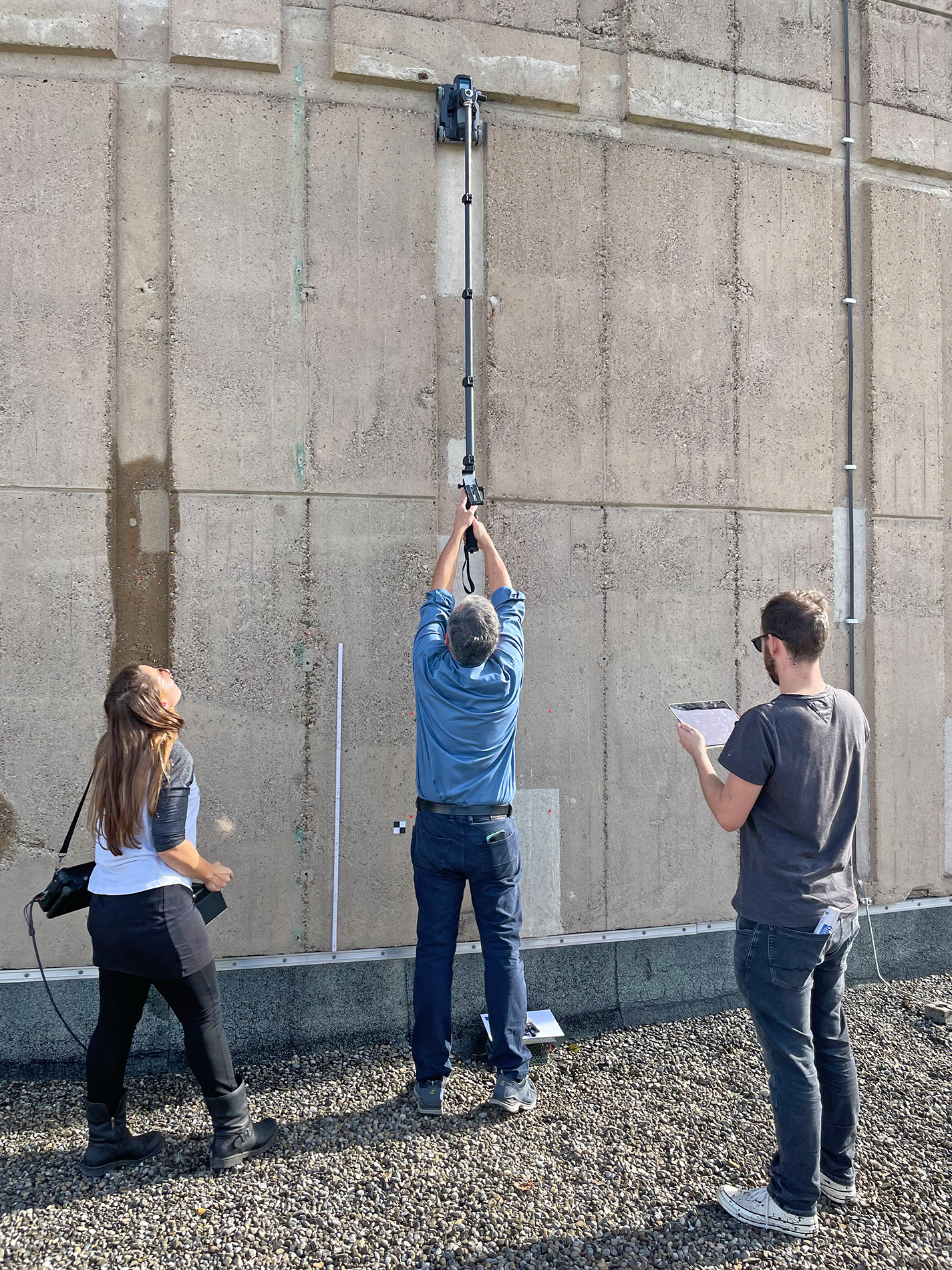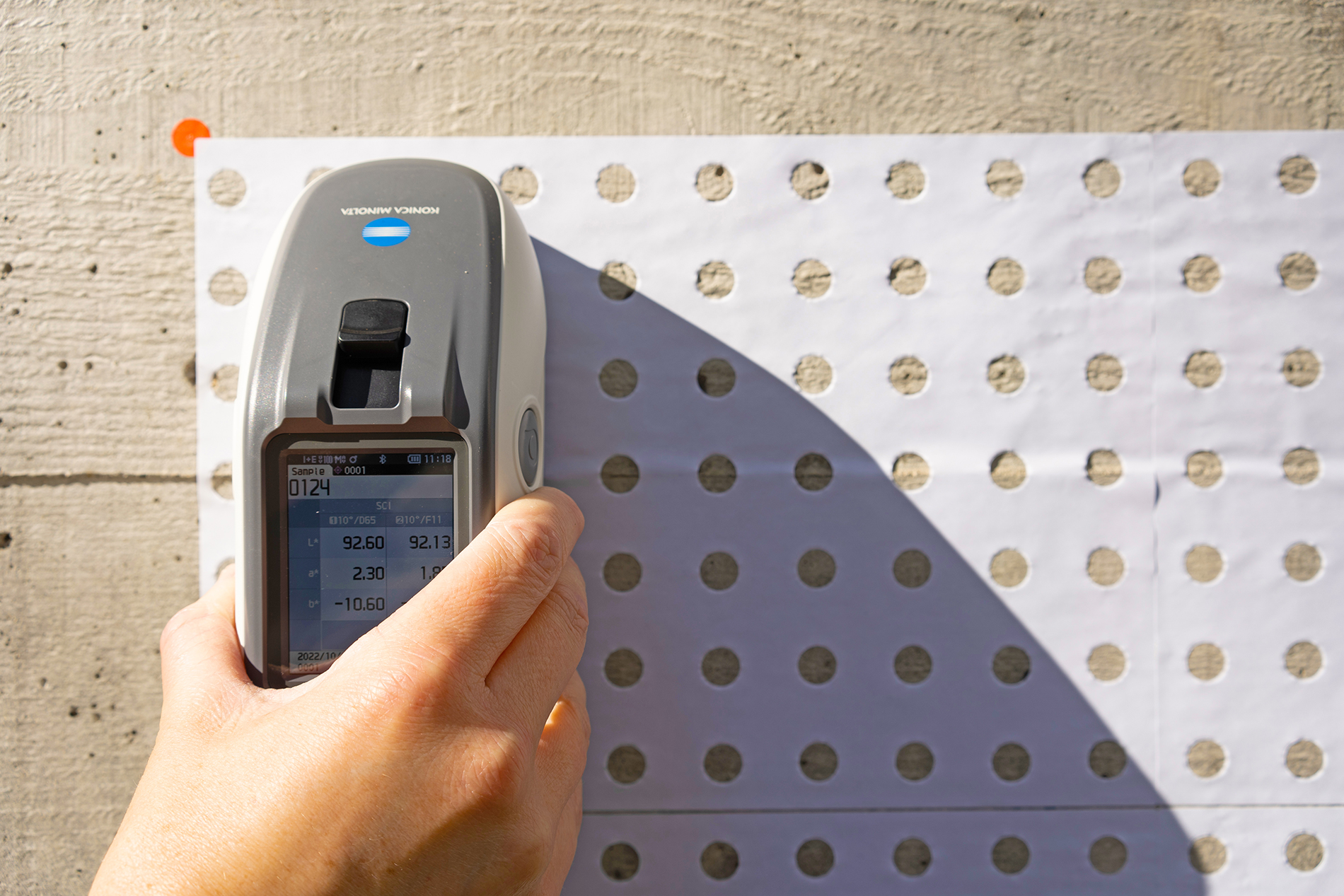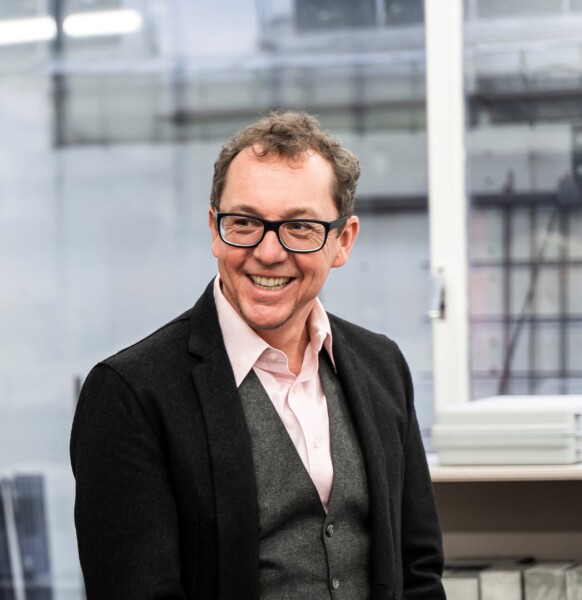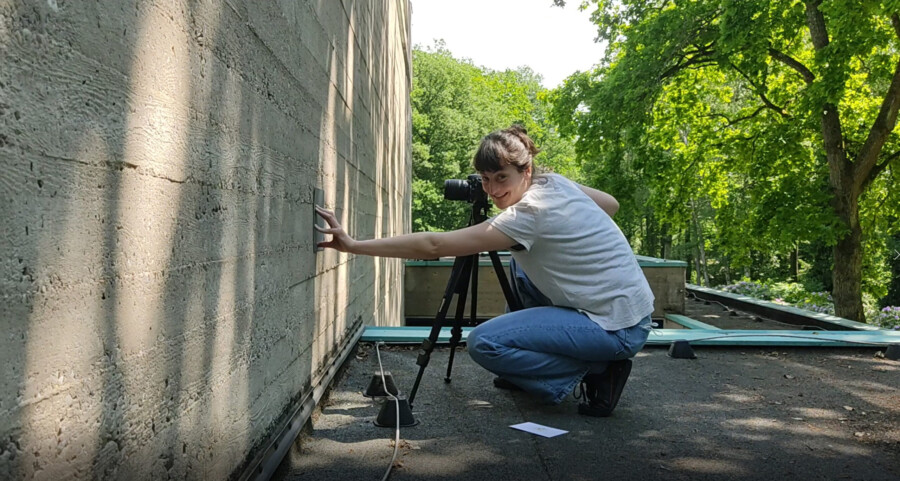How to deal with historical concrete repairs? – Evaluation and handling of previous repair measures for exposed concrete buildings of the High Modernity.
The project continues the homonymous sub-project from the first funding phase of the SPP 2255. Its aim is to evaluate previous repairs of exposed concrete structures of High Modernism, both in terms of building heritage conservation and in terms of construction, and to develop strategies for handling them.
A view of the repair of the concrete structures allows new insights into the paradigmatic construction method of High Modernity. Most of these structures already show traces of various repair phases, and further measures will be necessary in the future.
In both funding periods, the focus is on the development and exemplary verification of networked strategies in which monument conservation and engineering methods are combined for the conservation, monitoring and maintenance of exposed concrete structures as a cultural heritage of High Modernism. In the second funding phase, the focus will be on the development of suitable methods for the periodic monitoring of exposed concrete structures, laying out suitable standards which are not available to date. Only with a global and temporally recurring condition recording of the exposed concrete surfaces can the temporal development of the visible damages – detectable via NDT – take place, and thus a long-term assessment of the durability. For this purpose, linked digital documentations of the building surfaces are created in close cooperation by the applicants, on which the observation results and relevant damage points can be digitally recorded. This will lay the foundations for future, effective (partially) automated detection using AI.
With local corrosion monitoring, a high-resolution local recording of the damage mechanisms and the damage progress is carried out. Finally, the migration of the data from the condition recording at building level and the local monitoring data allows the prediction of the durability of the historical repairs and, if necessary, the old concrete area that has not yet been repaired (e.g. in the case of cautious repair).
Theory-practice transfer is seen as an important goal in the second funding period. In further updating the scientifically based, methodical guidelines for the structural and building conservation assessment of early concrete repairs, practices and procedures for the appropriate handling are aligned with the historic significances and values of these structures. To this end, the guidelines and regulations are to be further developed and supplemented – especially with regard to suitable monitoring standards. Through intensive public relations work with workshops and series of lectures, the findings of this sub-project will be made known to all various parties involved – civil engineers, architects, monument conservators and conservator-restorers.

